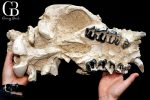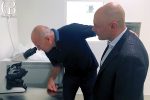San Diego’s Own Spirit of St. Louis
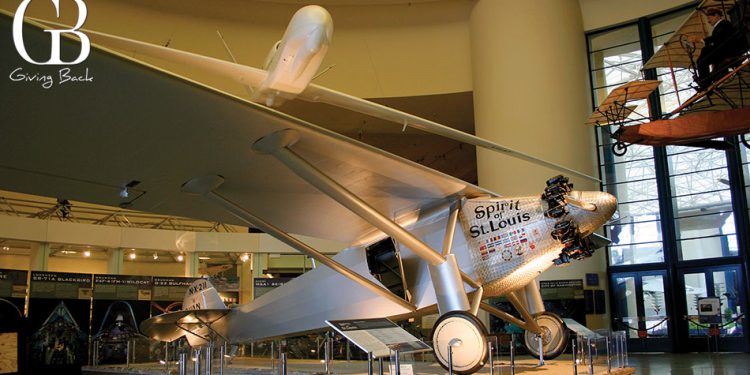
The first non-stop New York-to-Paris flight was completed in 33 hours, 30 minutes in a plane designed, built and tested in San Diego by Ryan Airlines. When Charles A. Lindbergh and his Ryan monoplane, the Spirit of St. Louis, touched down at Le Bourget Field on May 21, 1927, both man and machine made history.
Officially known as the Ryan NYP (acronym for “New York-Paris”), the aircraft was designed by Donald Hall of Ryan Airlines based on the Ryan M-2 aircraft. Although designed for its successful New York-to-Paris flight, and built in San Diego, it was named after St. Louis because of financial backing from that city. Hall and the Ryan Airlines staff worked closely with Lindbergh to design and build the single-seat, single-engine monoplane in just 60 days, for a cost of just over $10,000.
Lindbergh was convinced that a small airplane designed around the dependable Wright whirlwind J-5C engine stood the best chance of completing the flight. However, the race to be first across the Atlantic required trade-offs. The wingspan of the Ryan M2 was increased by 10 feet to create a surface area large enough to lift 450 gallons of fuel, along with a pilot and equipment. The aircraft fuselage was made of fabric over a metal-tube frame and the wings were made of fabric over a wood frame. Lindbergh decided that the tail and control surfaces of the aircraft needed to remain relatively small to minimize drag and to reduce stress on the wing. This resulted in extremely unstable flight characteristics, with a tendency to curve, dip, and bank at random times. Lindbergh was said to have asked for the plane to be made unstable so he would not fall asleep at the controls. The stiff wicker seat in the cockpit was also purposefully uncomfortable. The aircraft had no front windshield and Lindbergh kept his bearings by looking out two side windows and using rudimentary navigation instruments. He also installed a small periscope to look out the front.
Lindbergh’s transatlantic flight made him an instant celebrity. He flew the Spirit to Belgium and England before President Coolidge sent a Navy cruiser, USS Memphis, to bring Lindbergh and his airplane back to the United States. Lindbergh then flew the Spirit of St. Louis on promotional and goodwill tours across the United States and Latin America.
The aircraft owned by the San Diego Air & Space Museum is a flying replica of the original Spirit of St. Louis. 34 craftsmen, including three of the builders of the original Spirit, set about building this second replica. In eight months, the artisans spent 4,800 hours constructing the Spirit III, and on April 28, 1979 the plane flew over San Diego. Then, in 2003, the San Diego Regional Airport Authority wanted to celebrate the 75th anniversary of Lindbergh Field with a commemorative flight of Spirit III. On August 16, 2003, Spirit III took off from the Museum’s facility at Gillespie Field in El Cajon, flew over San Diego and San Diego Bay and landed at Lindbergh Field. Spirit III returned to its place of honor in the Museum’s Rotunda and was placed on display on November 4, 2006, to coincide with the International Air and Space Hall of Fame Celebration Gala.
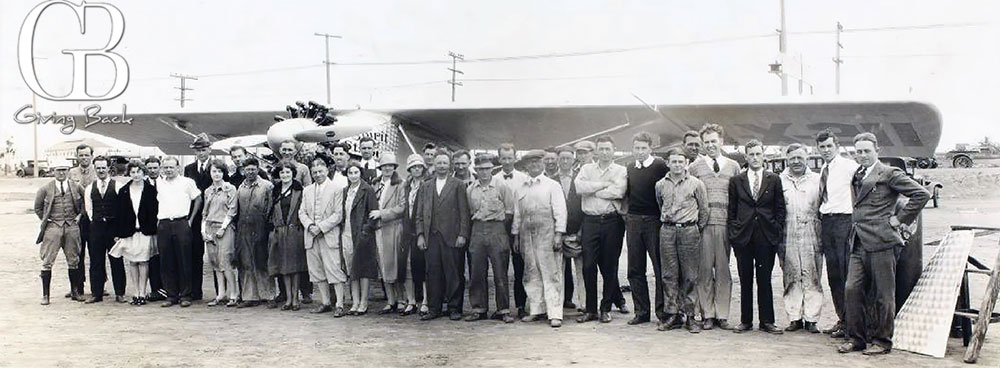
The men and women from San Diego’s Ryan Airlines who built the original Spirit of St. Louis
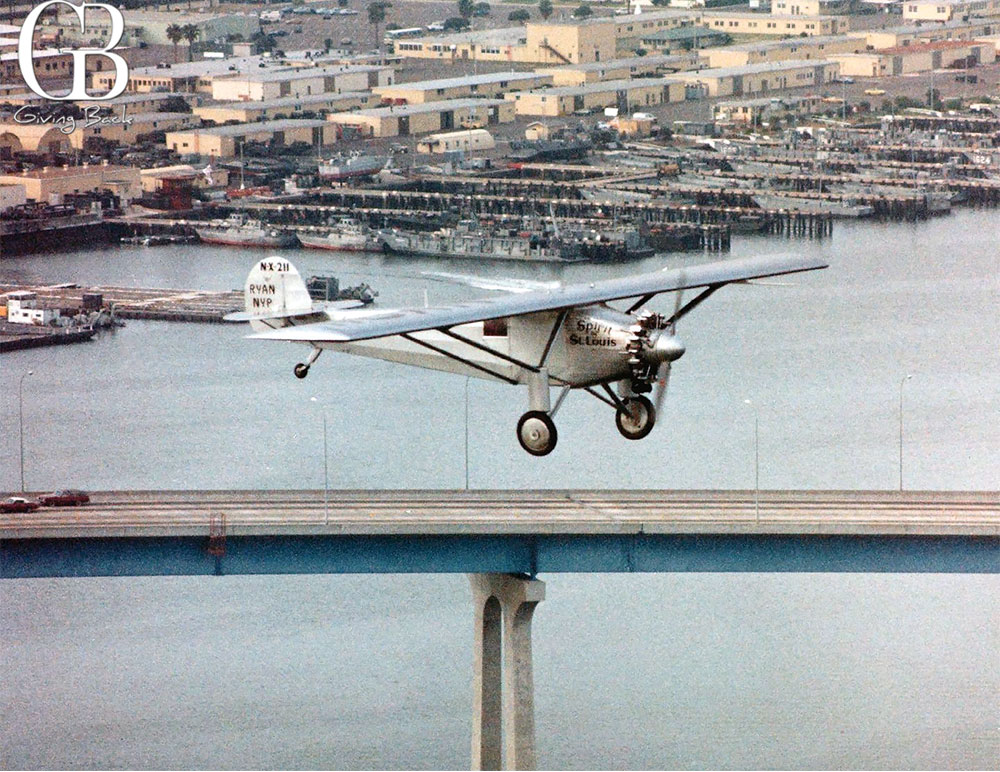
The Museum’s Spirit of St. Louis III over the Coronado Bridge in 1979
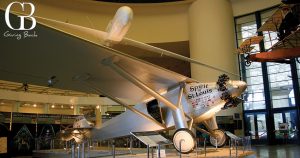
The Spirit of St. Louis at the San Diego Air and Space Museum


